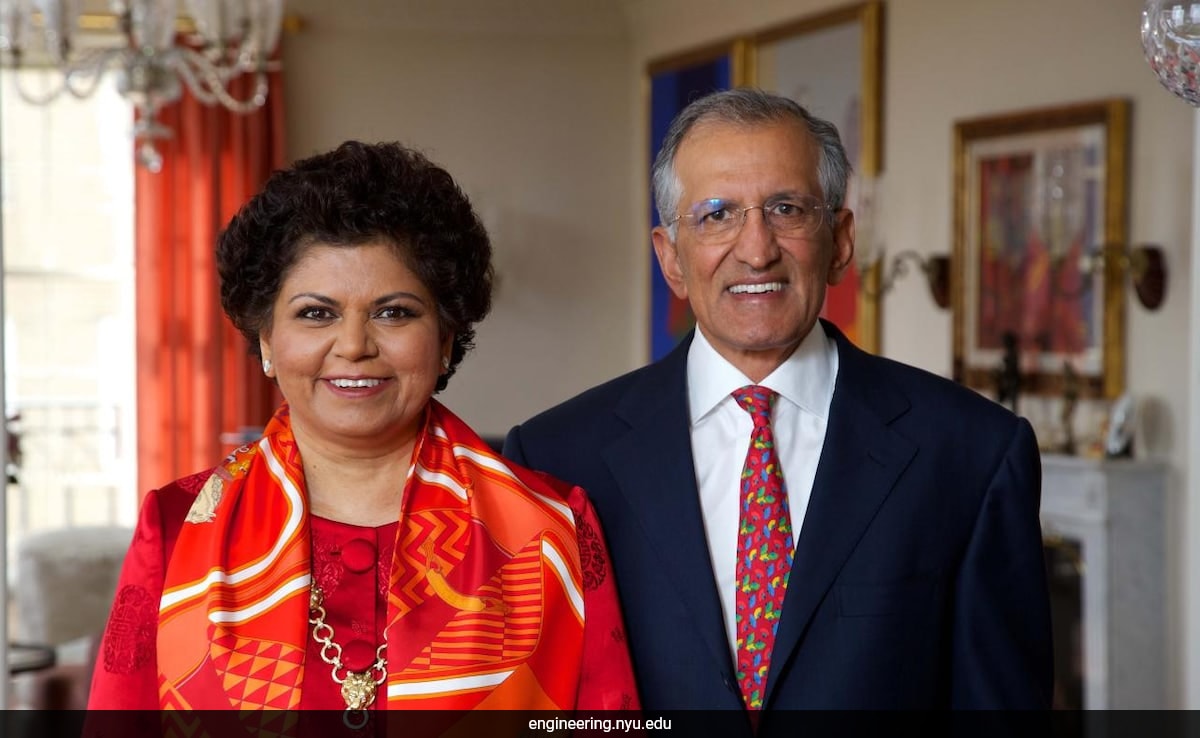LUCKNOW: Uttar Pradesh Chief Minister Yogi Adityanath on Sunday upheld the Archaeological Survey of India (ASI) report on the Gyanvapi mosque complex that revealed there “existed a large Hindu temple prior to the construction of the existing structure”.
He further underscored the significance of the cultural heritage and historical legacy of India. He emphasized the enduring essence of tradition, rooted in the depths of millennia-old culture that defines the very essence of being Indian.
“Our tradition is something we should be proud of and we Indians should be even more proud considering the ancient traditions and culture we have. It is even beyond our history. Time cannot control us even within the scope of history. Ours is thousands of millions of years of history,” CM Yogi said.
“In Varanasi, the ASI report on Gyanvapi has come in Kashi Vishwanath Dham. What does ASI report say? a lot! Sets an example for you. Which was brought to you by Prime Minister Narendra Modi ji during the year of Azadi Ka Amrit Mahotsav,” he added.
“We did not see the freedom struggle with our own eyes. We did not see when we became independent. But when the country is celebrating its 100 years of independence, we are also participants in this Mahotsav,” the UP CM said.
Notably, the Archaeological Survey of India (ASI) report on the Gyanvapi mosque complex revealed that a pre-existing structure appeared to have been destroyed in the 17th century, and “part of it was modified and reused,” adding that based on scientific studies, it can be said that there “existed a large Hindu temple prior to the construction of the existing structure.”
“The Arabic-Persian inscription found inside a room mentions that the mosque was built in the 20th regnal year of Aurangzeb (1676-77 CE). Hence, the pre-existing structure appears to have been destroyed in the 17th century, during the reign of Aurangzeb, and part of it was modified and reused in the existing structure. Based on scientific studies/ survey carried out, study of architectural remains, exposed features and artefacts, inscriptions, art and sculptures, it can be said that there existed a Hindu temple prior to the construction of the existing structure,” the ASI said in its report.
“Based on the scientific studies and observations on central chamber and main entrance of the pre-existing structure in existing structure, western chamber and western wall, reuse of pillars and pilasters of pre-existing structure in the existing structure, inscriptions on the existing structure, Arabic and Persian inscription on the loose stone, sculptural remains in cellars, etc.,it can be said that there existed a large Hindu temple, prior to the construction of the existing structure,” the report further said.
The ASI survey was ordered by the district court after the Hindu petitioners claimed the 17th-century Gyanvapi mosque was constructed over a pre-existing temple.
He further underscored the significance of the cultural heritage and historical legacy of India. He emphasized the enduring essence of tradition, rooted in the depths of millennia-old culture that defines the very essence of being Indian.
“Our tradition is something we should be proud of and we Indians should be even more proud considering the ancient traditions and culture we have. It is even beyond our history. Time cannot control us even within the scope of history. Ours is thousands of millions of years of history,” CM Yogi said.
“In Varanasi, the ASI report on Gyanvapi has come in Kashi Vishwanath Dham. What does ASI report say? a lot! Sets an example for you. Which was brought to you by Prime Minister Narendra Modi ji during the year of Azadi Ka Amrit Mahotsav,” he added.
“We did not see the freedom struggle with our own eyes. We did not see when we became independent. But when the country is celebrating its 100 years of independence, we are also participants in this Mahotsav,” the UP CM said.
Notably, the Archaeological Survey of India (ASI) report on the Gyanvapi mosque complex revealed that a pre-existing structure appeared to have been destroyed in the 17th century, and “part of it was modified and reused,” adding that based on scientific studies, it can be said that there “existed a large Hindu temple prior to the construction of the existing structure.”
“The Arabic-Persian inscription found inside a room mentions that the mosque was built in the 20th regnal year of Aurangzeb (1676-77 CE). Hence, the pre-existing structure appears to have been destroyed in the 17th century, during the reign of Aurangzeb, and part of it was modified and reused in the existing structure. Based on scientific studies/ survey carried out, study of architectural remains, exposed features and artefacts, inscriptions, art and sculptures, it can be said that there existed a Hindu temple prior to the construction of the existing structure,” the ASI said in its report.
“Based on the scientific studies and observations on central chamber and main entrance of the pre-existing structure in existing structure, western chamber and western wall, reuse of pillars and pilasters of pre-existing structure in the existing structure, inscriptions on the existing structure, Arabic and Persian inscription on the loose stone, sculptural remains in cellars, etc.,it can be said that there existed a large Hindu temple, prior to the construction of the existing structure,” the report further said.
The ASI survey was ordered by the district court after the Hindu petitioners claimed the 17th-century Gyanvapi mosque was constructed over a pre-existing temple.






